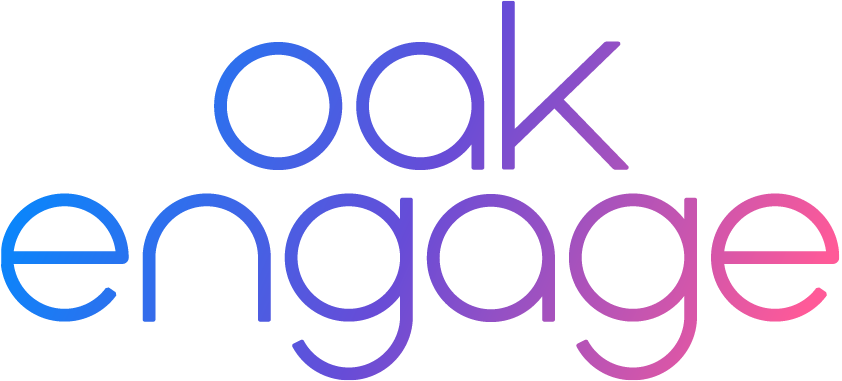Has your business faced communication challenges in recent times? Read our comprehensive guide to business communication that will equip you with the tools for an effective communication strategy to help employees and management with their communication skills.
What is business communication?
Effective business communication is at the heart of any successful company. That's why companies invest a lot of money into making sure it is carried out effectively, and maintained at a consistently high standard.
Employee apps have helped businesses streamline their operations and define what good communication skills should look like. Whether an SME, mid sized business or larger enterprise, having access to the best business communication plan for your needs is imperative.
With technology, it has not only improved but has become much more pervasive and ultimately more accessible to employees and management alike. Whilst in many instances it includes an improved standard, its often misunderstood, executed poorly or simply neglected. As experts in this topic, we've put together all the insights, tips and tricks you need to improve communication within your business.
Business communication includes:
Business communication itself is a very broad term and covers all the information that is shared both internally and externally business wide. In order to communicate successfully, an organisation needs effective, adaptable and accessible communication tools in the workplace.
From understanding what it takes to engage your audience to implementing proven techniques to drive success, our intranet and employee engagement app is founded on effective tactics and can help you achieve your communication goals throughout your organisation.
Our guide will take you through the various types of business communication, how your business can do it well, and reap the benefits.

Types of business communication
Whether it's between your employees and management or externally business related communications, there are four main types that categorise the exchange of information throughout most organisations.
1. Internal - upward communication
This type refers to that of an ‘upward’ flow of business communication from an employee of the business to an individual higher in the organisation’s hierarchy. Surveys, feedback forms or any method of upward communication towards a more senior employee would be categorised as this. It is vital, so leaders are fully aware of the ins and outs of their operation but also for the purpose of employee engagement and culture.
2. Internal - downward communication
Internal, downward is communication between a more senior employee to one or more workers lower in the hierarchy. This type of workplace communication is particularly important when updating staff on changes to policy, procedure or notable company news. Company-wide emails are a common method, but this can also be done via the company intranet on social timelines or instant messaging tools.
3. Internal - lateral communication
Lateral communication in the workplace refers to the interactions that take place between co-workers or employees of a similar level. This can be internally between departments or inter-department. For instance, if sales need clarification from design, or vice versa. Lateral communication is important on an operational level but also for the purpose of establishing a culture, particularly with a remote or deskless workforce.
4. External communication
External communication is essentially the distribution of information to any external stakeholders, customers, vendors, local government bodies etc. In order for the information to be accurate, those giving out the information be properly informed by the company itself and internal communication must be effective in order to eliminate inaccuracy of messages to externals.
To incorporate all of these vital types of communication into your workplace, realising the importance of an intranet is key. Oak Engage offers innovative software that helps businesses set up for success, facilitating effective business communication for big brands world-wide.
Recommended reading 📖: How to build an employee engagement strategy that works (with examples)
Why is effective communication so important to business?
International business communications are integral to modern day businesses thanks to changing workforce demographics and the evolution of hybrid and remote workspaces. There are several types of workplace communication and they serve a myriad of purposes.
Clearer lines of workplace communication improve productivity, retain top talent and promote employee wellbeing.
Here's some statistics:
Several issues around communication and engagement internally are felt by many organisations. Some may have communication problems without even realising it.
Here are 10 stats relating to common issues around business communication:
-
Queens University found that 39% of employees feel that there is not enough collaboration in their organisation.
-
85% of employees use more than one device at work.
-
An Interact Authentic Communication survey found 69% of managers say they find it difficult to communicate with their teams.
-
57% of employees report not being given clear directions.
-
According to a Gallup study, 74% of employees feel like they are missing out on company information and news.
-
Nextiva’s 2020 State of Business Report found that 60% of employees face a crisis every month as a result of poor internal communication.
-
Gallup found that profitability of a businesses increases by 21% when employees are actively engaged.
-
96% of people think the businesses they deal with could improve when it comes to communication and project management.
-
According to HR Technologist, 69% of managers are not comfortable communicating with the employees in general.
-
29% of employees say that poor business communication is the reason that projects fail
What are the benefits of effective business communication?
1. Improved employee performance
Research shows that 92% of businesses think a more engaged employee performs better. Effective skills can make employees feel empowered and more connected with their company and will also help improve the performance of the workforce.
2. More productivity
Consistent business communication will give employees a wider understanding of everyone’s roles, company processes and document access. Streamlined and standardised operations will help employees utilise their time more efficiently.
3. Accountability
Effective communication in the workplace will ensure that staff know their roles, what is expected of them and their peers. This will lead not only employees holding themselves accountable for their own work but also each other.
4. Company culture
47% of jobseekers say culture is their main motivation so it is vital in employee attraction, retention and overall performance of the workforce. Good communication is the driving force behind a healthy company culture and the staple of a good team spirit.
5. Builds employee trust
By implementing a culture of two-way communication, an organisation can help cultivate trust, but also with their manager and peers. In turn, employees who have trust will have more confidence in doing their own job.
Here's some examples:
We have found some live case examples of how a pro-active and considered approach to communication skills within the workplace has improved operational ways of working for businesses, including customer service.
1. Make information easy to access
Make sure that information and relevant documents are centralised and easily accessible. This can be facilitated by a company knowledge base or centralised document management system. This is in order to ensure staff have everything they need to do their job. It will also make knowledge sharing throughout the business far easier.
Example:
Leading healthcare provider Sevita recognised the importance of centralising information and enhancing accessibility for their employees. To achieve this, they implemented a company-wide central hub for employees.
It offers role-specific news updates, a regularly updated company directory, version-controlled policies and other important documents, a comprehensive onboarding experience and an interactive ‘I have a question’ page. This gives employees one location to ask HR or IT a question, should they not be able to find the answer in resources on Sevita Source. Recognising their diverse workforce, our benefits page was expanded to show benefits to non-benefits eligible employees, such as employee discounts and recognition tools. Furthermore, people are now only receiving information that is relevant to them, increasing impact and cutting through the noise.
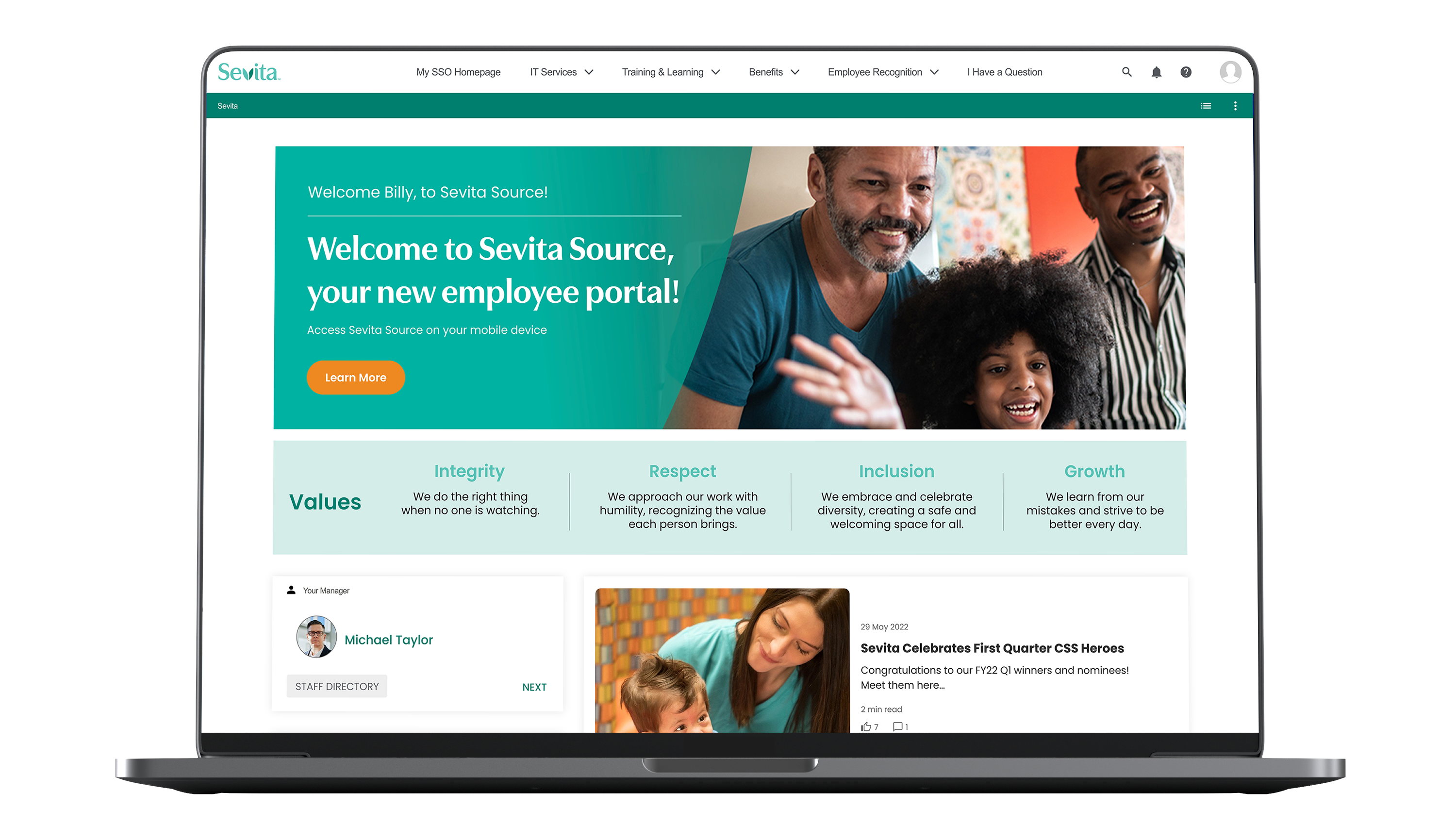
Recommended reading 📖: Sevita's employee engagement transformation with Oak Engage
2. Recognise achievements
80% of employees have more motivation in their work when their achievements are recognised. This can be something as small as sending a message or putting out a social media post saying ‘thank you’ or a ‘well done’. It will go a long way in motivating employees and getting the best out of them.
Example:
It was key for ScS to celebrate colleague achievements and milestones in order to create a closer community. They have a social timeline where everyone can interact, share and post their own content to promote two-way communication and foster an inclusive environment.
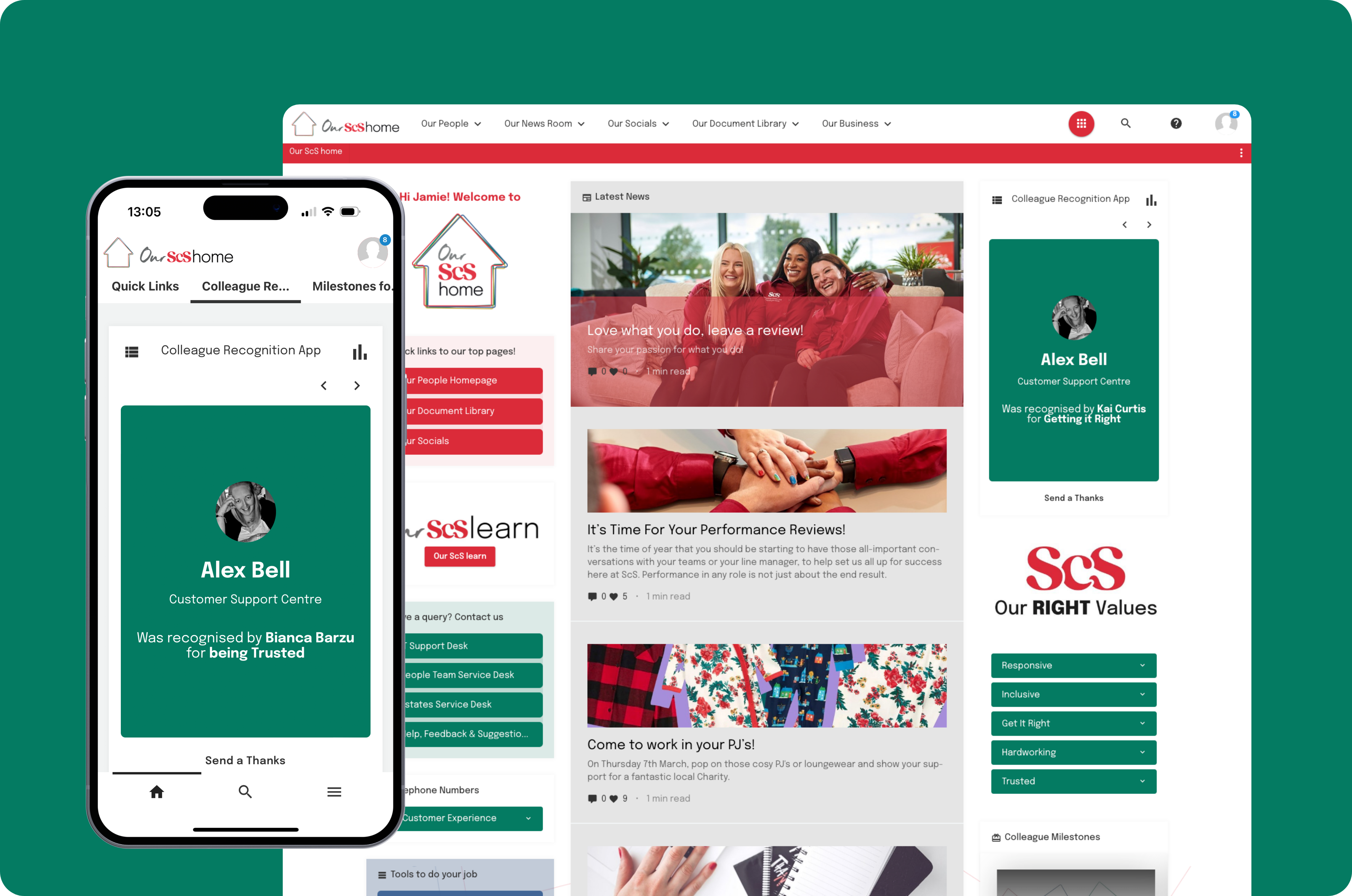
These social features have fostered a more inclusive and interactive workplace. Colleagues can now share updates, celebrate milestones and interact with each other’s posts. This feature has not only improved communication but also helped in building a more connected and engaged community within ScS. With Our ScS home, recognising and celebrating colleagues’ achievements has become more visible and widespread. The ability to acknowledge colleagues’ contributions publicly has boosted morale and encouraged a culture of appreciation and recognition.
Recommended reading 📖: ScS choose Oak Engage to transform how they connect and inform their colleagues
3. Consistent content creation
Content creation relevant to employees can be done in the form of relevant multimedia based content distributed to company social platforms. Not only will this encourage employees to create content and engage with each other through likes and comments, it also gives leaders another avenue to communicate updates in a more engaging manner than company email.
Example: Construction company Severfield has won over their colleagues by using personalised homepages. They have since been able to create templates for new department areas so that department heads can visualise how their areas will look and the different types of content that will go within it for business communication. This streamlines not only the user experience once the area is built, but the time in which it takes for the internal comms team to create the homepages for their colleagues.
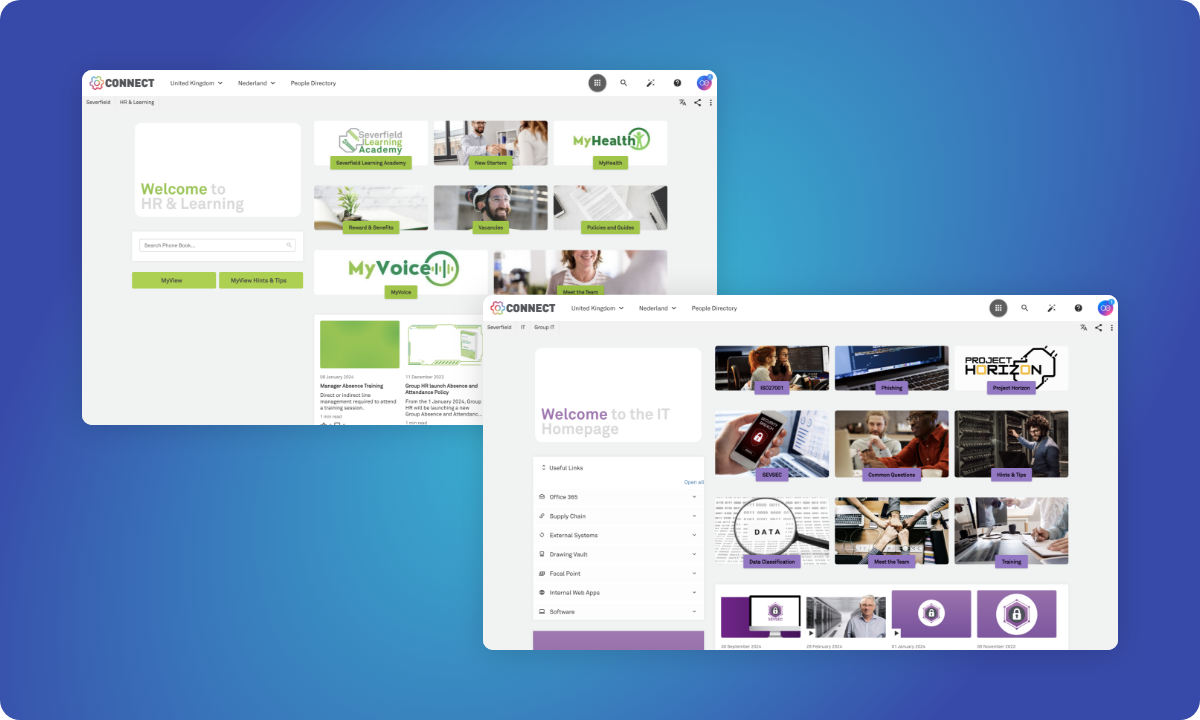
Recommended reading 📖: Severfield upgrades their business communication with Oak Engage
4. Two-way feedback
Providing and receiving feedback is essential in business communication and gives insight into positives and negatives of employee experience. It can also give a voice to employees whilst informing of any changes that may need to be made. Feedback can be gathered through a simple chat, formal reviews or pulse surveys, which can provide findings to base business decisions on.
Example:
Employee surveys were a key part of ZIGUP's business communication strategy to measure their colleagues' thoughts and concerns about the merger which they could then address.
"After our merger we conducted an engagement survey, and at that time, engagement rates were in the 50% range. A lot of this stemmed from people feeling disillusioned and uninformed about the merger and the changes it brought. One of our first priorities was to establish a central source of truth. By consistently communicating about these changes, explaining the company strategy and keeping these conversations going throughout the year, we've seen engagement rates jump from around 50% to 78%. While there's still room for improvement, it's been a significant achievement."
Liza McNamara, Head of Internal Communications at ZIGUP
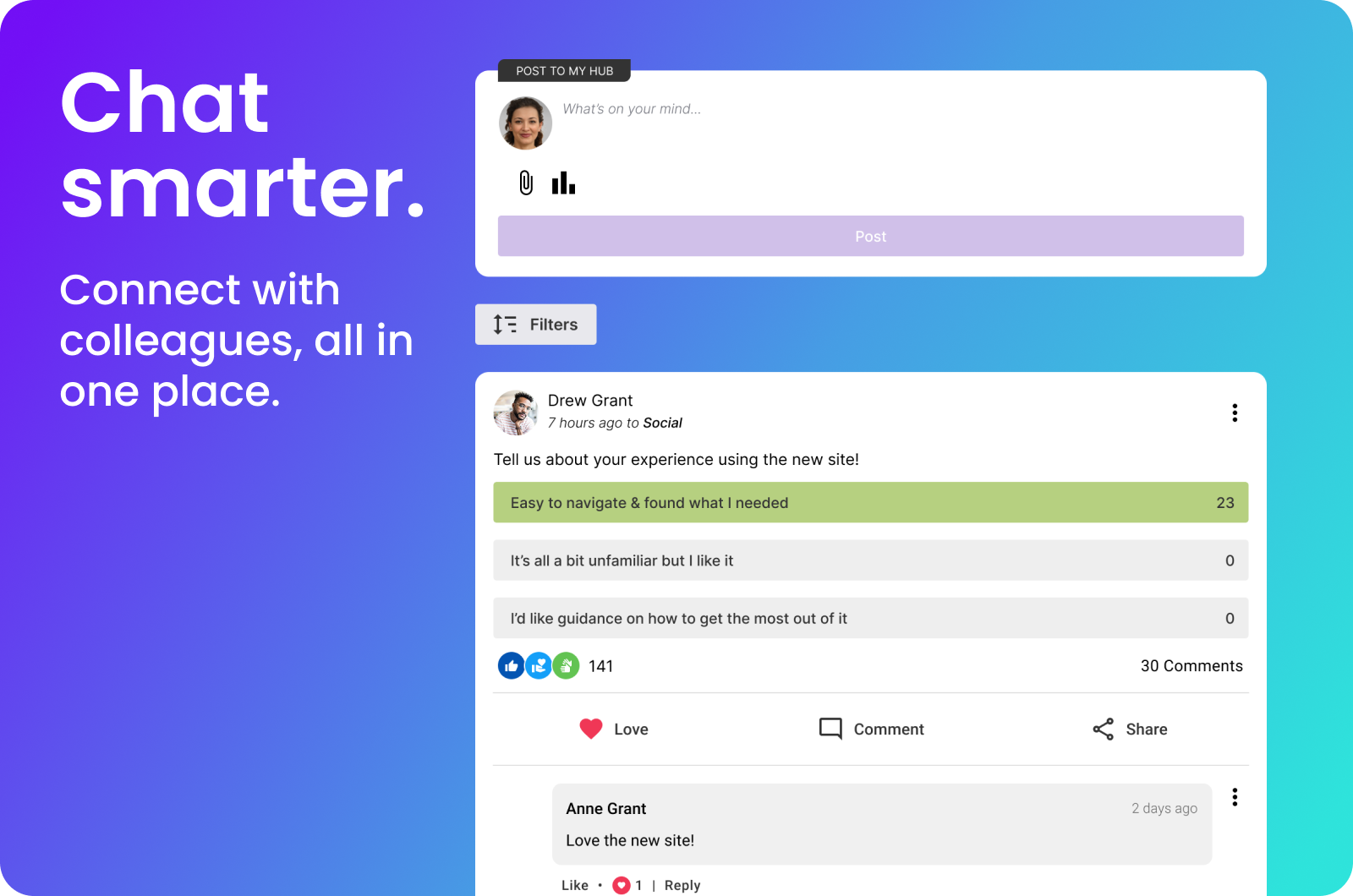
Recommended reading 📖: ZIGUP uses Oak Engage to reach frontline colleagues and overhaul their corporate brand
5. Modernise with technology
A modern intranet solution can dramatically improve company communications through its channels of dialogue. With enterprise social intranets, communication has upgraded using familiar social tech tools and hubs that help improve internal communication.
Example: Burger King UK launched BK Hub, which is a dynamic and mobile friendly platform. It has completed transformed how they communicate with their frontline and deskless employees and provides a range of features such as content sharing, recognition social timeline, advanced search and a document library.
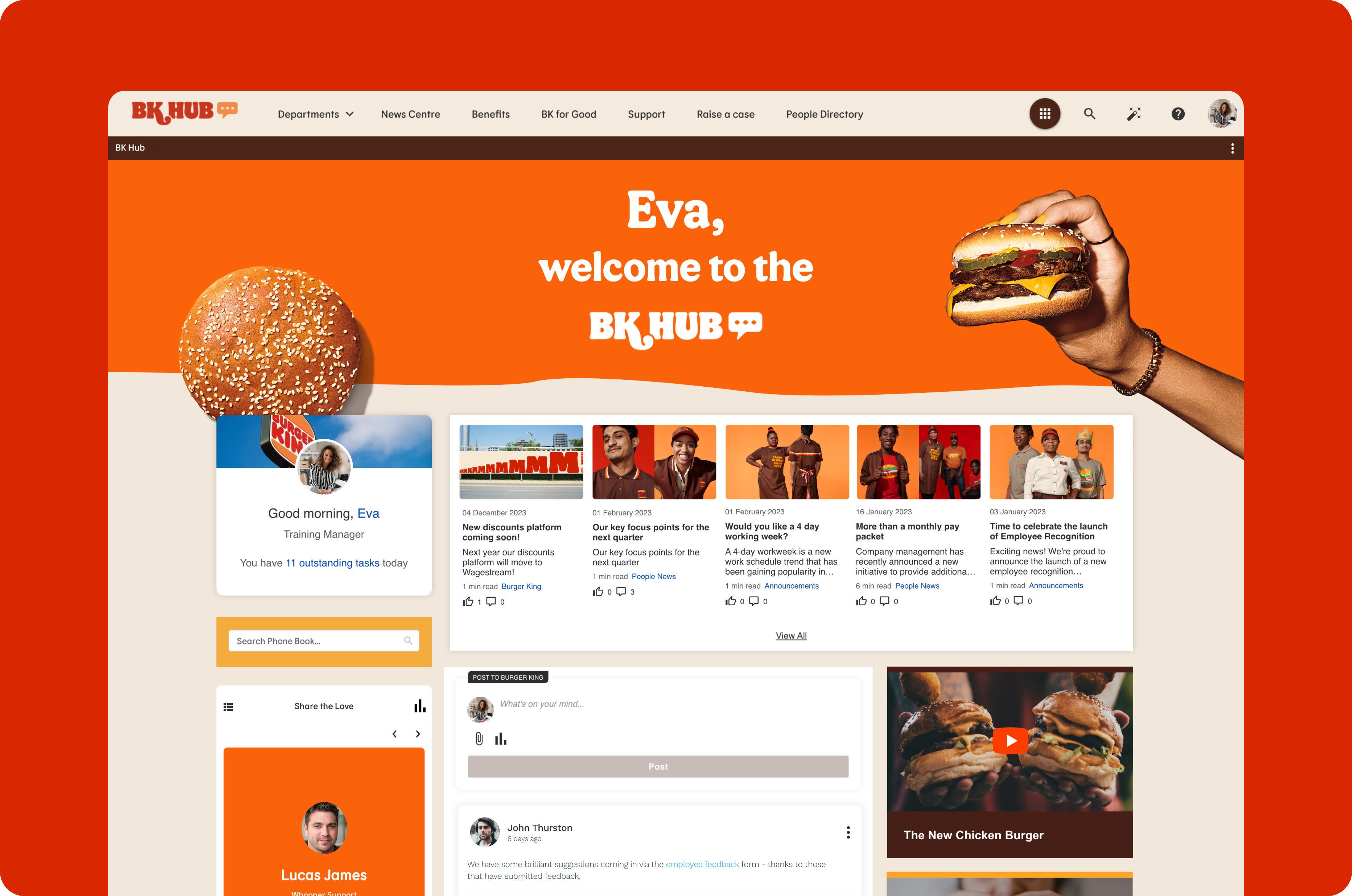
Recommended reading 📖: Oak Engage transform Burger King UK's employee experience with the launch of BK Hub
An app for business communication by Oak Engage
It's possible to improve all communications types within your organisation and connect your deskless workforce. We help customers bridge the gap between businesses and their employees. With our employee app, everyone within a company is connected to foster better social and working relationships.
Here a few standout features of our employee engagement app that can help you foster improved employee communications for your business:
Cloud based intranets
Cloud based intranet software is essential to connect the modern workforce. The employee experience itself has changed dramatically in recent years and connecting and enabling a hybrid team is needed. A cloud based and accessible intranet ensures employees have easy access to all the resources. Cloud based software means no matter when or where employees are working, all they need is a device and a signal to connect with their team.
Instant messaging tools
The lack of human interaction has been one of the more negative experiences about working from home, with many feeling isolated. Instant messaging tools such as Slack or Teams makes it easier for colleagues to collaborate past the limitations of company email. Oak’s mobile app with integrated messaging enables employees to keep lines of communications open which is helpful for frontline and deskless teams to help them keep connected whilst on the go.
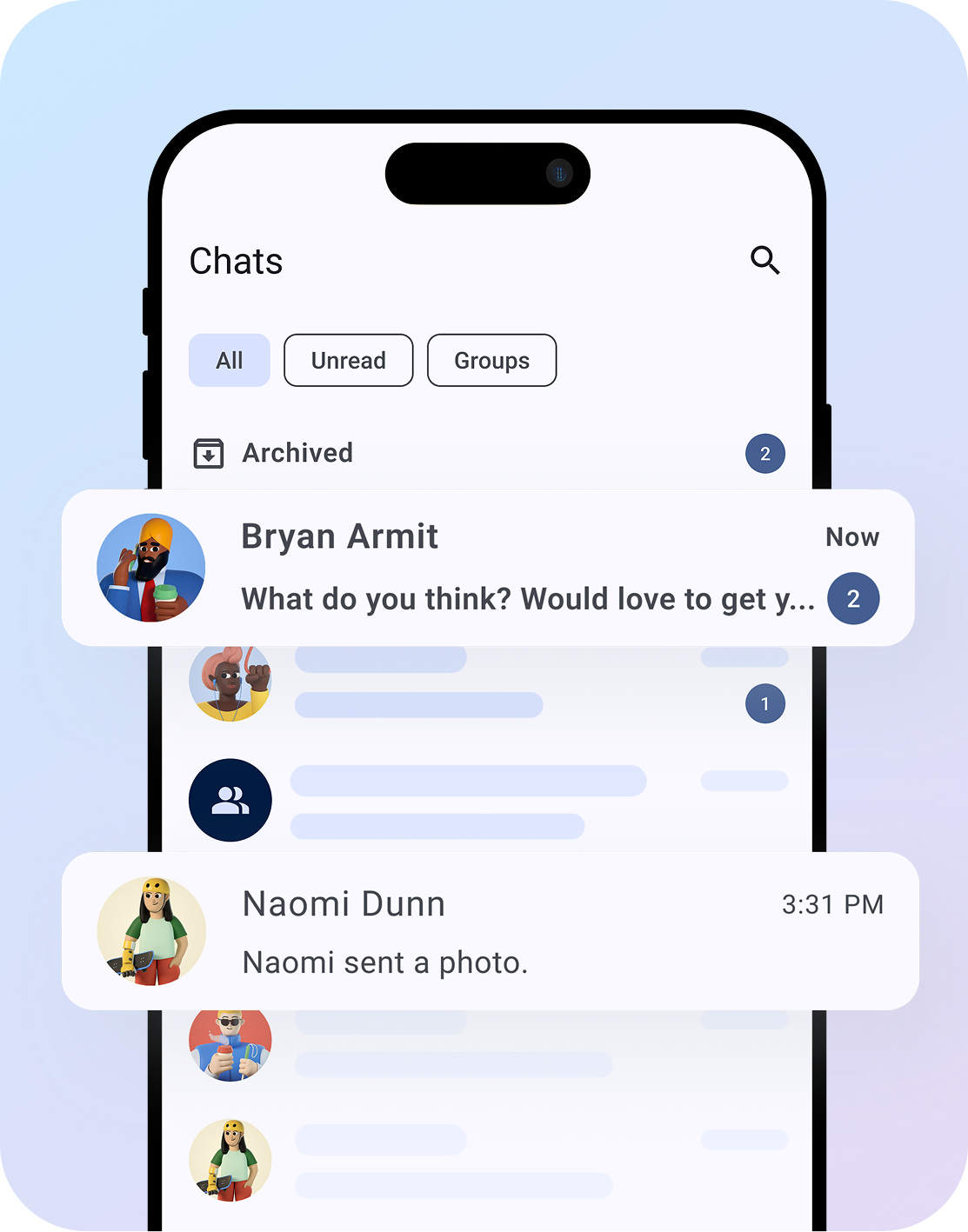
Internal communities
A remote or deskless workforce poses a challenge to company culture, where the ‘water cooler’ chat and the personal connections this builds is hugely missed. You can replicate this virtually in your intranet with built in community Hubs. Here, employees can discuss or post content relating to common interests and acts as an important tool in building employee relationships.
News feeds and timelines
Creating a social environment on your corporate intranet in the form of news feeds improves several aspects of business communication. Emails can get lost in the pile and sometimes information doesn't reach the people you want it to. With a social media type news feed on your intranet, information and company updates can be shared to all of the relevant people.

Task management
Often a bug bearer for many employees and employers alike is unorganised task management. 49% of employees say they find it difficult locating company documents. Having online centralised access to content with software like Asana or Trello can help achieve this. A document management system already integrated into your Oak intranet, will save time, money and ensure a less stressed workforce.
Business communication has always been of paramount importance in connectivity and processes and is vital to engage a mix of different workforces. Following this guide will give you the knowledge and the tools to equip your business with everything needed to ensure effective communication to increase productivity and engagement.
